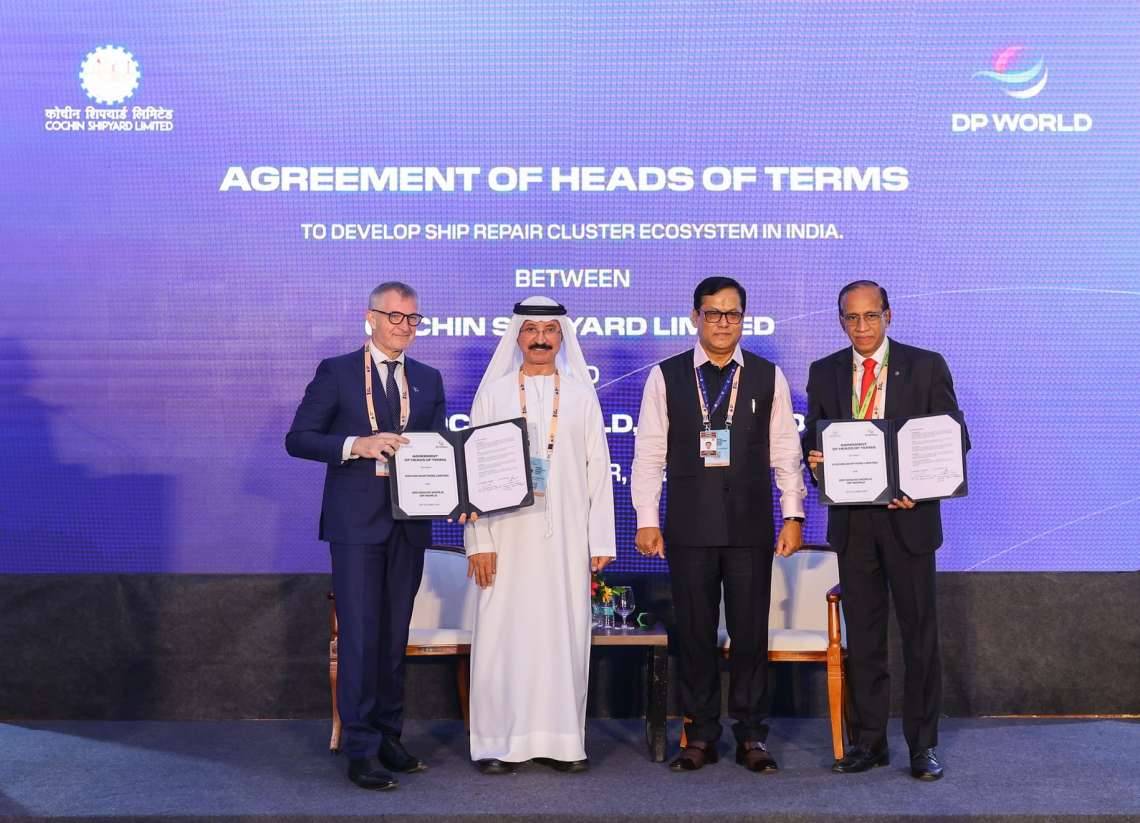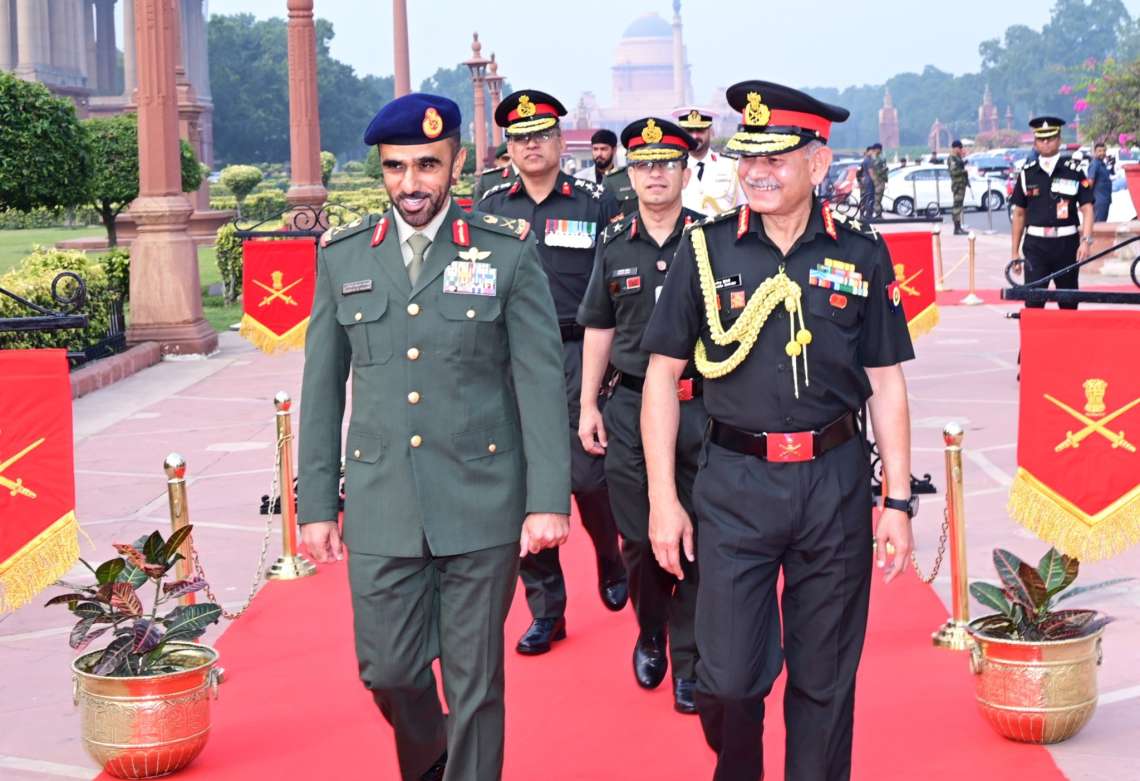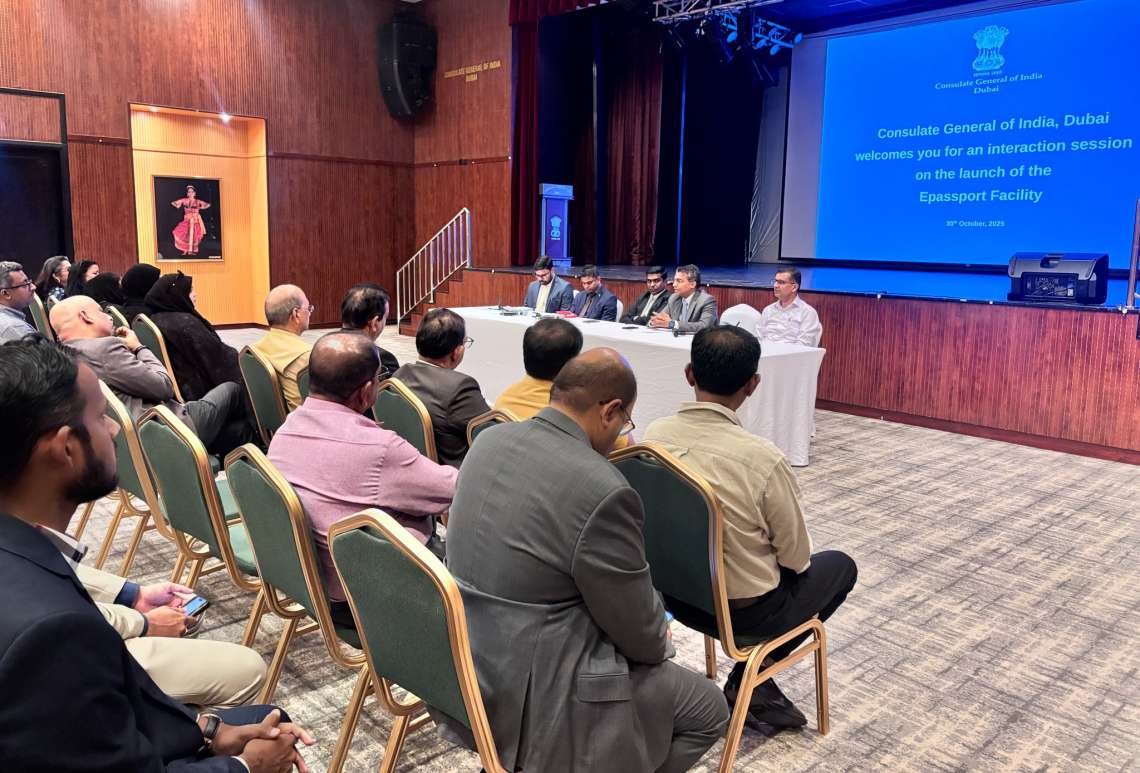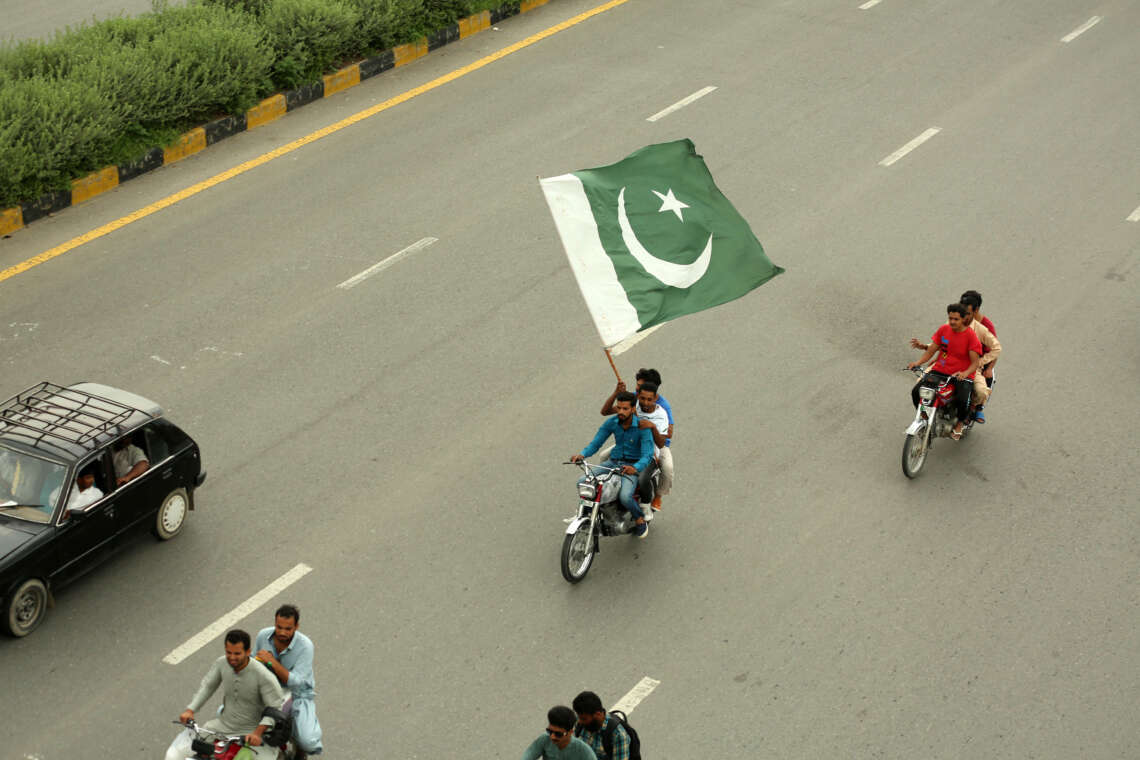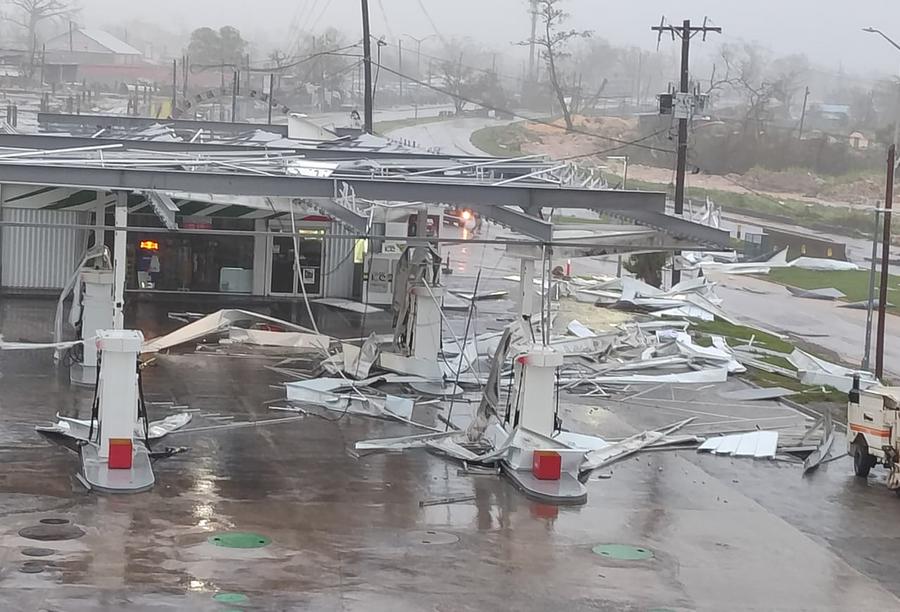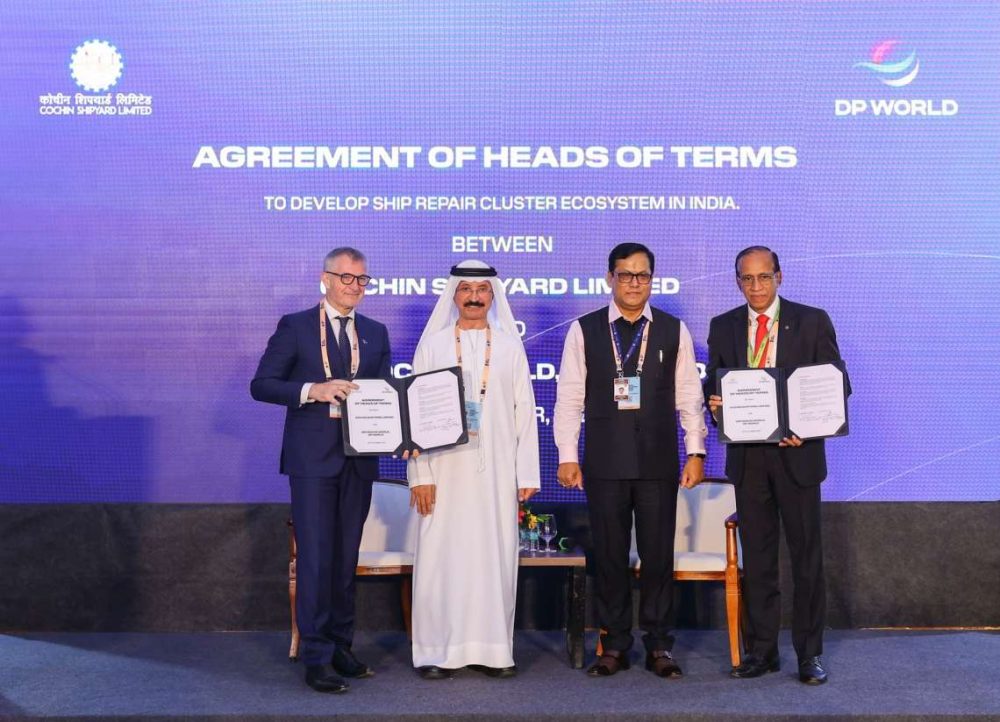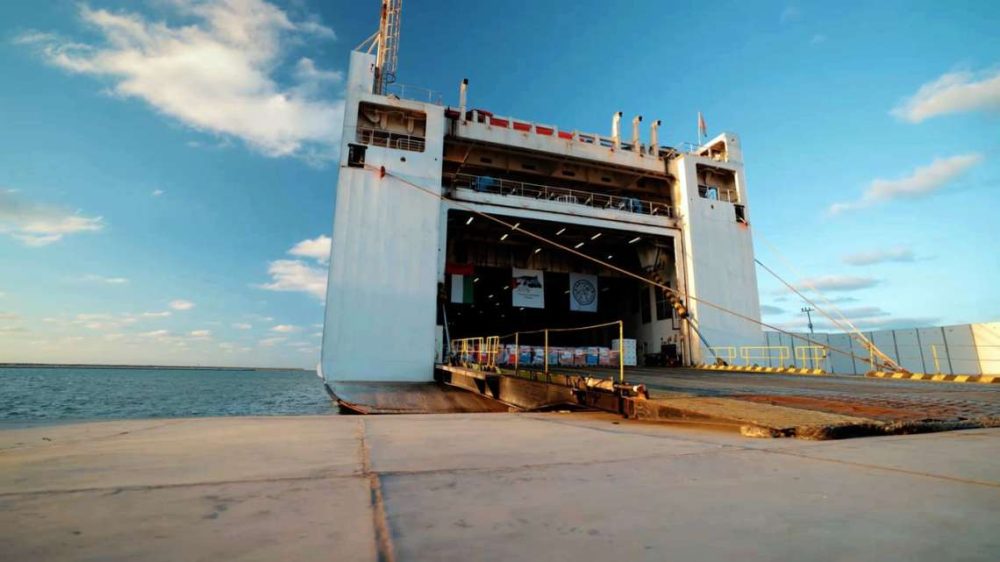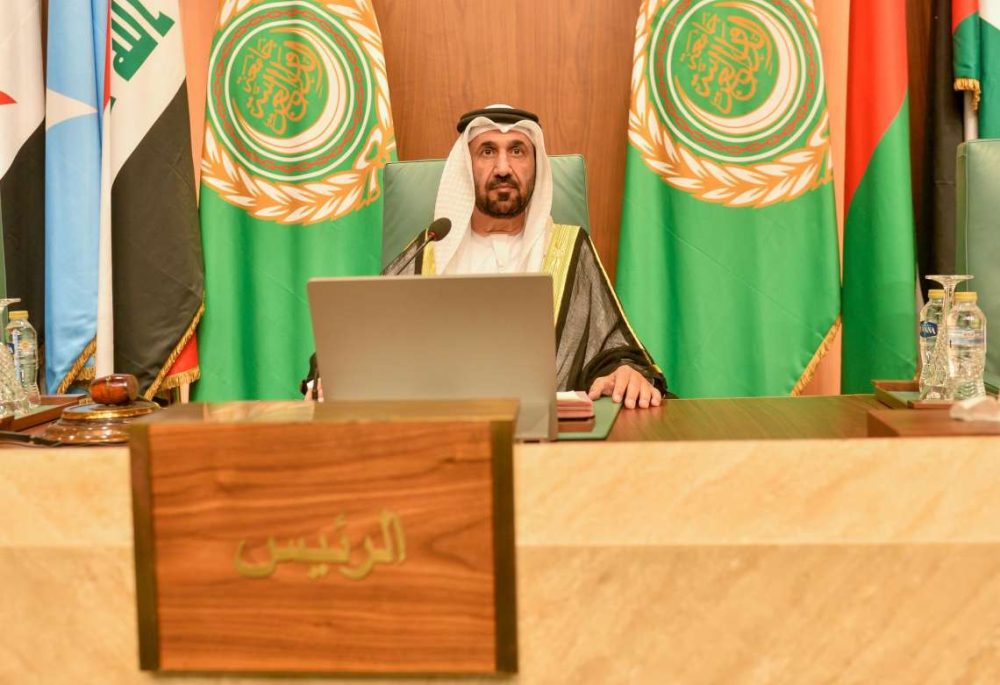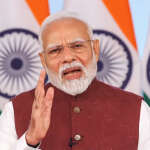Pahalgam was the latest act in a long campaign of Pakistan-based militancy aimed at destabilizing Kashmir, especially as the region has gained strength through development,…writes John Spencer
On April 22, 2025, gunmen attacked a group of civilians in the scenic town of Pahalgam, Kashmir, killing 26 and wounding at least 17 others. The victims were pilgrims, tourists, and local residents.
The massacre shocked India, triggered a brief war with Pakistan, and briefly made international headlines. But what got less attention was why the attack happened and what it reveals about the strategic nature of modern terrorism.
While every terrorist attack has its own circumstances, the broader pattern in this region is disturbingly familiar. For more than twenty years, India has faced repeated assaults by Pakistan-based militant groups. These attacks are not random. They are often timed and targeted to provoke a crisis, halt economic progress, and inflame religious tensions. Major incidents include the 2001 attack on India’s Parliament, the 2008 Mumbai attacks that killed over 170 people in hotels and train stations, the 2016 assault on an army base in Uri near the Kashmir border, and the 2019 suicide bombing of Indian paramilitary forces in Pulwama. Each followed the same playbook: high-profile violence, civilian or military targets, and a pattern of denial or deflection by those responsible. The massacre in Pahalgam fits that pattern—but it also intensified it.
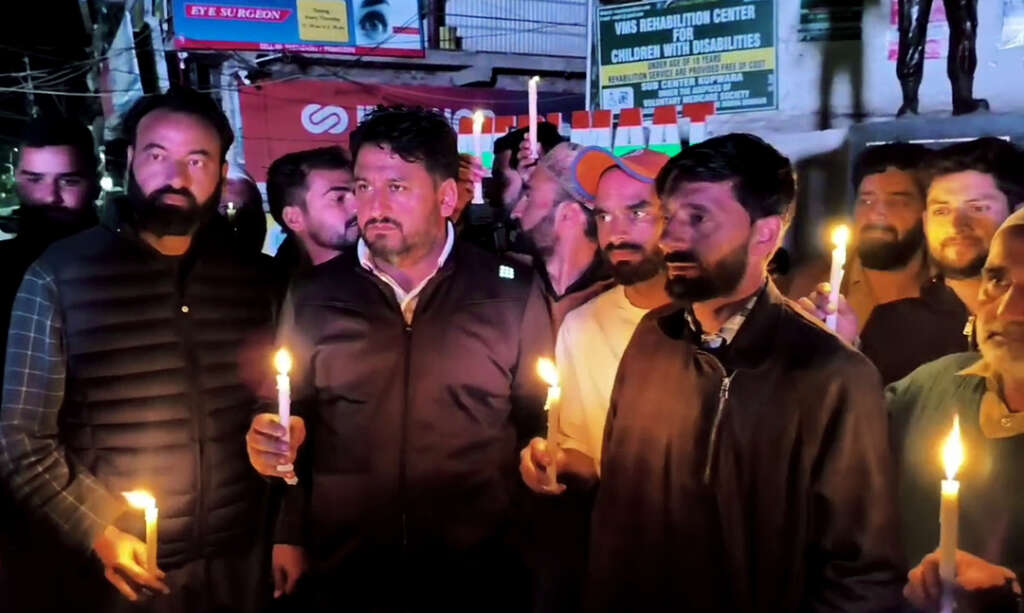
This was not random violence. Like Mumbai, which shocked the world with images of the Taj Hotel in flames and the murder of civilians, Pahalgam was designed for maximum psychological and political impact. It was a calculated strike intended to achieve three things: fracture social peace, disrupt economic progress, and provoke a broader crisis. It was the latest act in a long campaign of Pakistan-based militancy aimed at destabilizing Kashmir, especially as the region has gained strength through development.
Since 2019, when India revoked Article 370 of its Constitution, which had granted Kashmir special autonomous status, the region has undergone a dramatic transformation. In the past year alone, more than 23 million tourists visited Kashmir. Roads, schools, and businesses have expanded. What was once a symbol of insurgency has become a destination for families and investment. That kind of stability poses a direct threat to extremist groups that depend on grievance and instability to justify their existence.
The attackers understood this. Reports indicate they tried to separate civilians by religion before opening fire, aiming not just to kill but to reignite sectarian tensions. They struck during peak tourist season to maximize fear and damage the perception of peace. And they sought global attention, hoping to force Kashmir back into headlines as a place defined by conflict.
These goals are familiar. They echo other acts of terrorism around the world, from ISIS attacks in Europe to Hamas’s October 7, 2023 assault on Israeli communities. The strategy is the same: create fear, provoke overreaction, and derail the story of progress. It is terrorism not only as violence, but as narrative warfare.
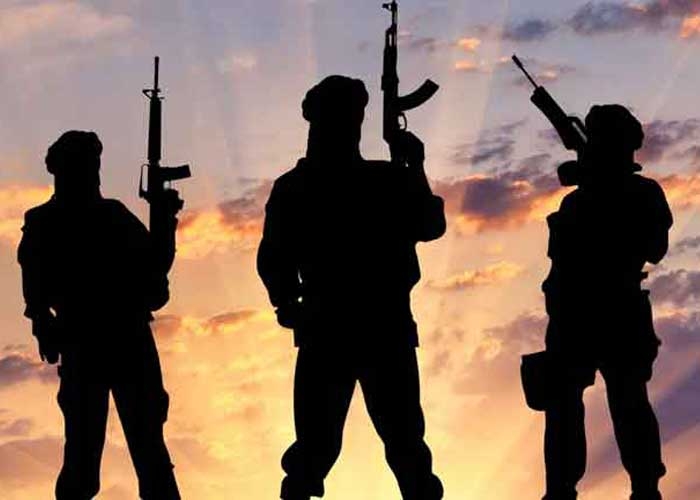
India’s response combined military precision with strategic messaging. It launched Operation Sindoor, targeting the infrastructure behind the attack, including cross-border training camps and staging areas used by Pakistan-based militant groups. Just as importantly, Indian leaders framed the attack within a larger pattern. They emphasized that terrorism would no longer be treated as isolated acts, and that those who support or enable such violence would also be held accountable.
This reflects a significant shift in India’s counterterrorism doctrine. For years, India endured major attacks without a consistent policy of deterrence. That began to change after the Uri and Pulwama attacks. India now responds swiftly and clearly, not to escalate tension but to prevent future violence and reestablish deterrence.
The regional environment is also evolving. Pakistan is facing deep internal challenges, including economic crisis, political instability, and waning institutional credibility. Within this climate, Pakistan-backed groups like Lashkar-e-Taiba and its rebranded front, The Resistance Front, view progress as a direct threat. These organizations were built to exploit grievance and chaos. Their ideological and operational models depend on instability. Lashkar-e-Taiba, created with the backing of Pakistan’s Inter-Services Intelligence, is more than a militant outfit. It operates across social, religious, and paramilitary domains. The Resistance Front, which emerged after the removal of Article 370, was created to obscure LeT’s role while continuing its operations under a different name. Though rebranded and restructured, these groups remain embedded in a well-documented ecosystem of state-enabled violence.
The United States and its allies should pay close attention. Democracies today are confronting a common challenge: how to deal with non-state actors that exploit open societies, operate in legal gray zones, and use media coverage as a force multiplier. Whether in India, Israel, Europe, or the United States, terrorism has evolved. It is no longer only about territorial control. It is about hijacking the narrative.
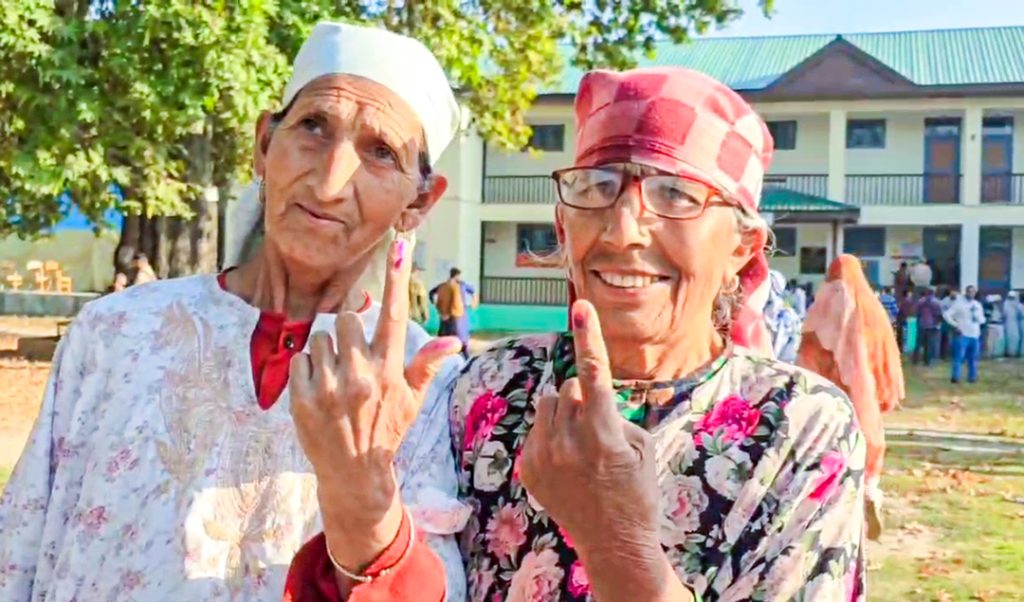
The most important lesson from Pahalgam is that visible progress can make regions more resilient, but also more vulnerable to backlash. When lives improve and reconciliation takes root, terrorist groups have a strong incentive to intervene. Economic growth, civic participation, and improved governance are powerful counters to extremist ideology, but they must be protected.
India’s message was clear. This massacre was not just an attack on civilians. It was an attack on the idea that Kashmir can be peaceful, prosperous, and integrated. That idea, despite everything, endures.
John Spencer is executive director of the Urban Warfare Institute. He recently returned from a research trip to India.



